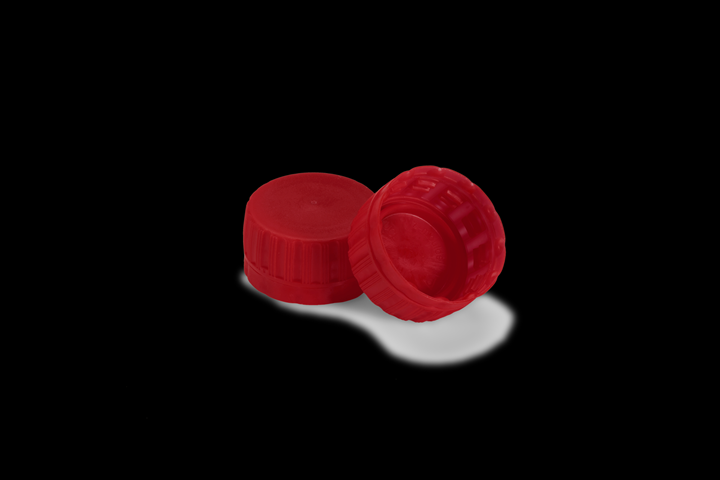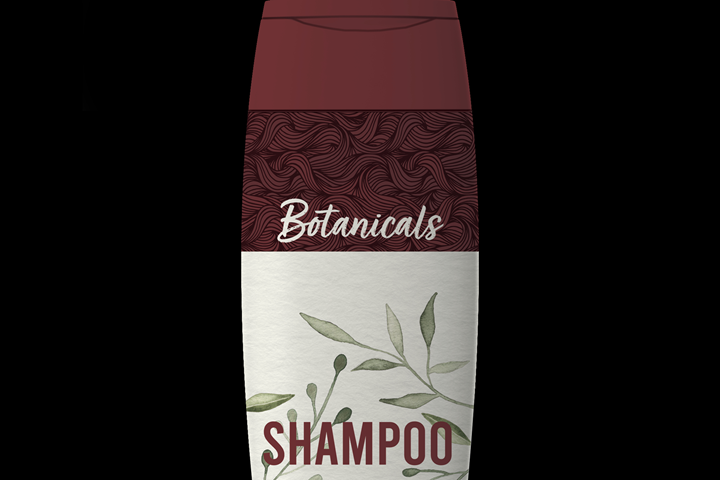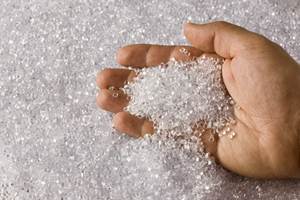What Do Caps & Closure of 2030 Look Like?
Nova Chemicals pro gives us his take on why HDPE in caps and closures will proliferate and will include incorporation of PCR and PIR.
I recently had a discussion with Brant Wunderlich, market manager for caps & closures at Nova Chemicals regarding his take on what we can expect caps & closures of 2030 for food and beverage and as well as non-food versions to look like.

While this industry pro concedes today’s PP caps & closures outnumber HDPE by two-to-one, he sees this trend already changing with HDPE gaining traction. “Polyethylene has a much higher recycling rate than PP, so we are aiming to design for recycle as well as material reduction. Polypropylene caps typically have an LDPE liner and as such HDPE (all all-PE closure) makes a better partner to PET beverage bottles that are currently much more highly recycled than PP/LDPE caps.”
He also sees tethered closures that ensure the cap stays on the bottle and enters the recycle stream with it so it does not become litter will play a significant role in the closures of the future. In fact, he says PCR incorporation and tethering are likely to shift industry priorities.
Wunderlich notes that innovation has been taking place at all stages of the food and beverage packaging supply chain that have improved packaging efficiency, safety and sustainability with closures playing a key role. He expects this innovation to continue with a stronger focus on sustainability as demands from legislation, brand owners and consumers drive the need for new market solutions. “Increased collaboration throughout the supply chain is key to ensure we are able to meet new sustainability targets without compromising on the benefits of plastic closures we have all come to rely on.” He noted that key factors driving closures and closure resins into new directions included lightweighting, PCR (post-consumer resins) as well as PIR (post-industrial resin incorporation, and recyclability.
▪ Lightweighting: This can lower the total environmental footprint of a product as less raw material needs to be produced, processed and transported.
Two lightweighting advancements bear mention, according to Wunderlich.. First is a “neck finish” change about a decade ago in many types of beverage bottles where the threaded portion of the bottle’s neck was shortened with a concurrent closure weight reduction of 20 - 30%, eliminating significant amounts of material. A second entails a pending opportunity to reduce closure weight by approximately a further 20% on carbonated soft drinks through more advancements in neck finish design.
Meanwhile, a higher degree of lightweighting in closures for beverages other than water can be achieved with high performance PE resins which offer enhanced mechanical properties needed for next-generation caps and closures. Such properties stem from advancements in resin design such as bimodal molecular weight distribution and use of octene comonomer which provide unique advantages compared to conventional polyethylene resins. These advanced resins are also viable in closures previously confined to two-part solutions through combined advancements in molding and mold technology.

▪ PCR/PIR Incorporation: Converters have been successfully incorporating PIR into molded parts for many years. Incorporating PCR takes this a step further by replacing virgin resin to reduce the amount of non-renewable resources needed for plastic packaging.
Wunderlich says there are many factors which need to be considered to effectively incorporate PCR into closures for both food-contact and non-food contact applications. “Going forward, these factors will play a larger role in determining the limits for what is feasible as organizations look to maximize recycled content usage in caps and closures.”
On use of PCR, Wonderlich says, virgin resins must be designed with incorporation of PCR in mind. “The virgin resin itself must be formulated to retain key physical properties through several mechanical recycling ‘heat histories’, which tends to degrade some material properties and introduce volatiles. Cutting edge additive formulations ensure the ready-to-recycle resin demonstrates exceptional odor and color performance while processing and performing like a virgin resin.”
Nova Chemicals, for one, now offers a suite of Surpass “ready-to-recycle resins” that have been shown to enable greater use of recycled content in virgin resins, increase the market demand for recyclate, and help the industry achieve their sustainability goals. “Enabling a high percentage of recycled content is relevant to any packaging but in caps & closures, it means a robust resin with strengths that balance the weaknesses of the more general-purpose post-consumer materials that are currently available. The ideal virgin resin has exceptional processability, stress crack resistance, and toughness against deformation to withstand the rigors of strenuous cap applications such as carbonated soft drinks or hotfill beverages.”
On use of PIR, he notes that it’s most commonly directly put back into the manufacturing process at the same facility where it was first produced. However, if it is rejected due the final material performance (being off-spec or similar) or otherwise can’t be reconsumed in the same facility, it may be sent to a recycler or sold on the open market into a more suitable application.
▪ Recyclability: Traditionally, most closures have been composed of two or more different materials to meet requirements such as tamper evidence or seal performance, but a transition to fully recyclable, monomaterial PE is already underway. As the importance of recycling continues to grow with increased consumer awareness and improvements to recycling infrastructure, designing for recyclability is resurging as a priority among brands.
According to Wonderlich, the “caps-on” approach is the best way to ensure a closure enters the recycling system by keeping it on the bottle. Beverage bottles are typically PET while the monomaterial closure will be PE. Technology or systems that separate the bottle and closure in the sorting process help ensure a cleaner stream of each material.
Although cost and production efficiency continue to be important factors, new recycling guidelines and legislation will shape modern closures and increase interest in elements such as tethering and recyclable barrier resins.
Illustrating further, Wonderlich notes that in the case of small blow molded HDPE bottles, the benefit of an-all PE closure is clear, as the entire container is monomaterial and can be recycled in the same stream. Adding the common PP closure in today’s typical float/sink polymer separation is problematic with these bottles. Since both PP and PE float, they do not separate, resulting in a stream of PE recyclate with a significant level of PP contamination.
PET beverage bottles are a different challenge as many beverage closures, especially for carbonated soft drinks, are made of a PP shell with a PE liner. The bottle and closure material will be separated in the float/sink process because PET sinks. However, you’re still left with a two-material part which cannot be separated. As such, an all-PE closure offers the best recyclability in this example as well.
Notes Wonderlich, “Near-infrared (NIR) technology can sort a minor contaminant–whether PP or P but it’s not common yet, and it doesn’t work if the split is closer to 50/50. Electrostatic sortation is another emerging technology that can also sort PP from PE—but still in its very early days.”

Related Content
Prices Up for PE, PP, PS, Flat for PVC, PET
Trajectory is generally flat-to-down for all commodity resins.
Read MoreNew Entrant Heartland Polymers Stepping up as Reliable Supplier
Heartland Polymers’ new Alberta, Canada facility will produce 525 KTA propylene and 525 KTA polypropylene. It is expected to stabilize supply chains across the continent.
Read MoreCommodity Resin Prices Flat to Lower
Major price correction looms for PP, and lower prices are projected for PE, PS, PVC and PET.
Read MoreFirst Quarter Looks Mostly Flat for Resin Prices
Temporary upward blips don't indicate any sustained movement in the near term.
Read MoreRead Next
How Polymer Melts in Single-Screw Extruders
Understanding how polymer melts in a single-screw extruder could help you optimize your screw design to eliminate defect-causing solid polymer fragments.
Read MoreAdvanced Recycling: Beyond Pyrolysis
Consumer-product brand owners increasingly see advanced chemical recycling as a necessary complement to mechanical recycling if they are to meet ambitious goals for a circular economy in the next decade. Dozens of technology providers are developing new technologies to overcome the limitations of existing pyrolysis methods and to commercialize various alternative approaches to chemical recycling of plastics.
Read MoreWhy (and What) You Need to Dry
Other than polyolefins, almost every other polymer exhibits some level of polarity and therefore can absorb a certain amount of moisture from the atmosphere. Here’s a look at some of these materials, and what needs to be done to dry them.
Read More







 (2).jpg;maxWidth=300;quality=90)


.png;maxWidth=300;quality=90)



















